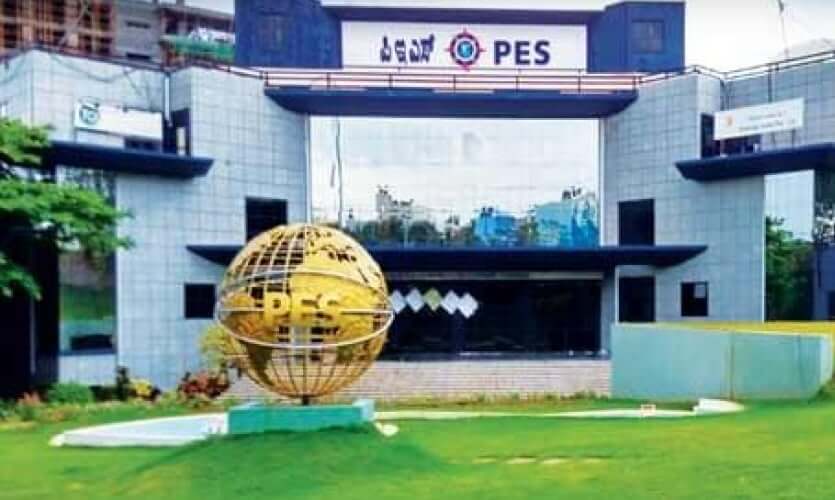R Programming in Hindi
Learn a statistical and graphical programming language popular amongst data scientists in Hindi

Ratings
Level
Learning hours

Learners
Skills you will learn
About this course
R programming has gained massive popularity among data analysts, an extensive statistical and graphical programming language. R programming is free. It can run on several macOS, Unix, and Windows platforms. With the help of R programming, we can create new statistical methods quickly and in a straightforward manner. In this R programming in Hindi course, you can master the fundamentals of R programming. It acts as a comprehensive guide. This course covers various essential R concepts, such as R-Studio, vectors, lists, matrices, data frames, data manipulation and visualization, and many more. To help understand the applications of all the concepts, a case study is also discussed.
Several highly established universities across the globe have collaborated with Great Learning to offer postgraduate programs in Data Science and Analytics. Register yourself in world-class online data science courses and secure a Postgraduate Certificate in the highest-rated Data Analytics courses from dream universities. The university partners of these programs are the University of Texas at Austin, Massachusetts Institute of Technology (MIT), Northwestern School of Professional Studies, PES University, and SRM University. Some of these programs lecture you about the R programming language and cover all the important topics necessary to learn Data Science and Analytics.
Course Outline
In this module, you will understand the types of Operators in R. you will learn about assignment operators, arithmetic operators, relational operators, and logical operators with suitable code examples.
 UPGRADE
UPGRADE
Recommended university programs
What our learners enjoyed the most
Easy to Follow
66% of learners found the course easy to follow
Frequently Asked Questions
Will I receive a certificate upon completing this free course?
Is this course free?
What does R stand for in R programming?
R is a programming language and environment commonly used for statistical analysis, data analytics, graphics, scientific research, and reporting. R programming was developed by Ross Ihaka and Robert Gentleman at the University of Auckland, New Zealand in 1993. R programming is now developed by the R Development Core Team. R is freely accessible under the GNU General Public License and is similar to the S language. This programming language was named R, based on the principal letter of the first name of the two R creators (Robert Gentleman and Ross Ihaka), and halfway a play on the name of the Bell Labs Language S.
R is an accessible programming tool made up of a collection of libraries, discovered to investigate the data. R provides a wide range of tools to build the right model for your data.
Because of its expressive syntax structure and simple-to-use interface, it has gained popularity in recent years.
Is Python better than R programming?
R and Python are both open-source and most popular programming languages with a huge community. New libraries or tools are added persistently to their respective index. R is primarily utilized for statistical analysis and whereas Python offers a more general approach to data science.
R and Python are cutting edge as far as programming language oriented towards data science. Learning the two of them is, obviously, the ideal solution. R and Python need a time investment, and such luxury is not available for everybody. Python is a broadly useful language with a readable syntax. R, notwithstanding, is built by statisticians and encompasses their specific language.
Key Differences:
The essential objective of R is Data analysis and Statistics whereas the main objective of Python is Deployment and Production.
R is mostly used for analyzing statistics, while Python gives a more universal approach to data science.
R clients mainly comprise Scholars and R&D professionals while Python users are mostly Programmers and Developers.
R provides adaptability to use available libraries whereas Python provides adaptability to construct new models from scratch.
R language is hard to learn at the beginning while Python is Linear and smooth to learn
R language is coordinated to Run locally while Python is very much integrated with apps
Both R and Python can deal with huge database sizes.
R programming can be run on the R Studio IDE while Python can be run on Spyder and Ipython Notebook IDEs
R coding language consists of different packages and libraries like tidyverse, ggplot2, caret, zoo whereas Python consists of packages and libraries such as pandas, scipy, scikit-learn, TensorFlow, caret
Is it easy to learn R programming?
This is a troublesome question to reply to. Many researchers and analysts are learning R as their primary language to solve their data analysis needs. That’s the power of R programming, it is simply straightforward to learn as you go on learning. All you require is data and a clear intent to make a conclusion based on the investigation of that data.
In fact, R is developed on top of the S programming language that was initially intended as a programming language that would help learn to program while playing around with data. However, developers that come from a Python, PHP, or Java background may find R unusual and confuse at the beginning. The syntax that R uses is quite different when compared to common programming languages. While R has all the required capabilities for a programming language, you will not wind up yourself writing a great deal of if conditions and loops while composing code in the R language. There are other programming constructs such as vectors, lists, frames, data tables, matrices, etc. that permit you to perform changes on data in bulk.
R is an increasingly famous programming language, especially in the world of data analysis and data science. In any case, learning R can be a frustrating task if you’re not sure how to move toward it. Usually, it’s the consequence of a mismatch between what’s motivating you to learn and how you’re actually learning. Learning R can be extraordinary for your career.
Data science is a quickly growing field with high salaries. The greater part of the top tech firms hires R coders for data-science-related occupation job roles. R is being used at organizations across the globe by every industry that performs analytics. Generally, there has been a genuinely even split in the Data Science community. Typically, data scientists with grounded academic or statistical backgrounds prefer R, whereas data scientists who had more of a programming background will tend to learn Python.
At the point when you need to do hefty statistical analysis or graphing, R’s you're go-to. With R programming language normal mathematical operations like matrix multiplication work straight out of the box. On the other hand, Python makes replicability and accessibility easier than R.The uplifting news is R is developed by academics and scientists. It is designed to answer statistical problems, machine learning, and data science. Also, R is the right tool for data science in view of its powerful communication libraries. Besides, R is bundled with many packages to compute time series analysis, panel data, and data mining there are not better tools compared to R.





















.jpg)
.jpg)
.png)









